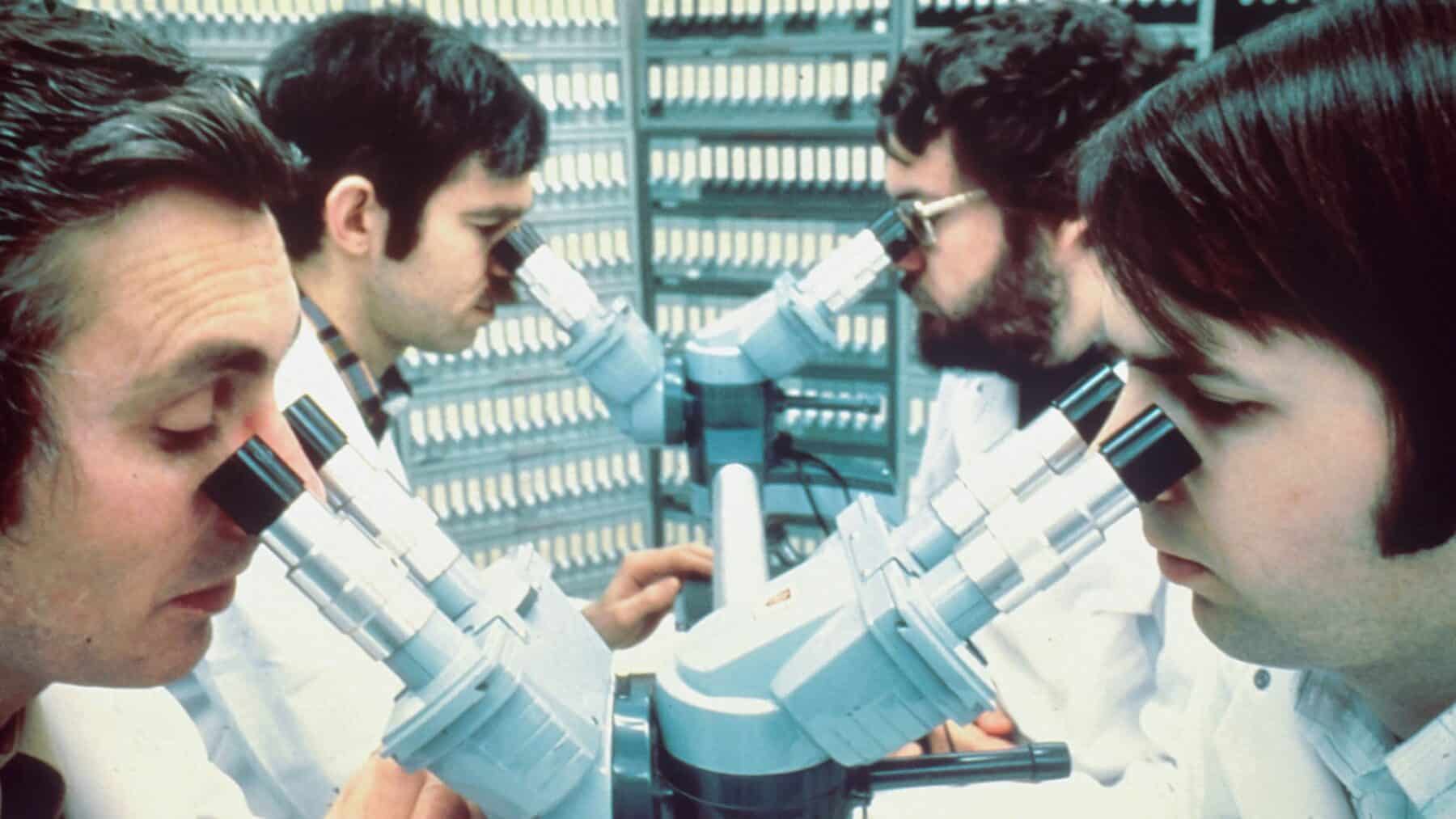You may think you’ve never heard of micronutrients. But have you heard of vitamins and minerals?
That’s what we’re referring to when we use the term “micronutrients.” The “micro” in the name refers to the amount our bodies need to function properly (read: not very much).
What Are Micronutrients?
However, while the amounts needed are microscopic, their effects on your overall health are mighty. Vitamins and minerals support a range of critical processes in the body, including immune function, blood clotting, reproduction, bone health, and fluid balance. Each micronutrient serves an essential purpose, and falling short of even one can have major consequences on our whole body health.
In this guide, we’ll go over the four types of micronutrients, explain what they do, and take a look at some common indicators that you may be lacking some of these vital ingredients for a healthy body.
Micronutrients is a term used to describe vitamins and minerals that our bodies need in small amounts in order to function. There are nearly 30 of them, called essential micronutrients, that your body doesn’t produce naturally. As such, we need to get them from foods or supplements.
Micronutrients are the counterpart of macronutrients, which include carbohydrates, fats, and proteins. Your body requires macronutrients in high amounts, hence the name.
4 Types of Micronutrients
There are four types of micronutrients:
- Water-soluble vitamins
- Fat-soluble vitamins
- Macrominerals
- Trace minerals
Let’s take a closer look at each type.

Water-Soluble Vitamins
As the name suggests, water-soluble vitamins are vitamins that dissolve in water.
Because the human body is made up of up to 60% water, these vitamins begin to dissolve as soon as they enter your system. Unlike fat-soluble vitamins (more on that later), they’re readily absorbed into the bloodstream, where they can circulate freely. Your body uses what it needs, and flushes out excess amounts through your urine. Since they don’t remain in your system, water-soluble vitamins need regular replenishment through diet, supplementation, or both.
The largest group of water-soluble vitamins are the eight B vitamins, which work to perform a host of physiological functions, most notably relating to energy production.
Here’s a full list of water-soluble vitamins:
Fat-Soluble Vitamins
Fat-soluble vitamins need to be consumed alongside a fat source in order to be adequately absorbed into your bloodstream. As opposed to being excreted like water-soluble vitamins, fat-soluble vitamins are stored in your liver and fatty tissues, where they remain until your body needs to use them.
Fats colloquially referred to as “good fats” (avocados, olive oil, nut butters) make excellent choices for ensuring your body gets enough of this class of vitamins. For example, adding avocado to a kale salad would help the body unlock the rich stores of vitamin K contained in the leafy greens.
The fat-soluble vitamins are:
Macrominerals
Vitamins are organic, which means they come from living things, like plants and animals. Conversely, minerals are inorganic—meaning they come from non-living elements like soil, rocks, and water. When we eat plants and animals, we absorb the minerals that they have already absorbed from their environment.
Like all micronutrients, macrominerals are needed in small quantities to perform essential jobs in the body. The categorization “macrominerals” refers to those that are needed in higher amounts than their counterparts, trace minerals.
Macrominerals are plentiful in foods like dairy (calcium), dark leafy greens (potassium), and nuts like almonds and cashews (magnesium).
Here’s a full list of macrominerals:
Trace Minerals
As we’ve discussed, trace minerals are needed in very small amounts. But again, don’t take this to mean that we can afford to ignore them. This category contains major players for maintaining a strong immune system, like zinc and iron.
Trace minerals are most plentiful in foods like shellfish (manganese, iron, zinc) and organ meats (copper, zinc, iron).
Here are the trace minerals:
Do You Have a Micronutrient Deficiency?
The best way to fulfill your micronutrient needs is through a balanced diet of whole foods that combines a diversity of vegetables, whole grains, and proteins. However, there are various conditions and lifestyle factors that can make it difficult to impossible to fulfill your micronutrient needs with food alone—like malabsorption disorders, or following a vegan diet.
Feeling sluggish, but not sick? Sleeping too much, or too little? Experiencing brain fog? Any of these could be signals from your body that you’re falling short of at least one micronutrient.
Each one of these vitamins and minerals needs to be present in the body for its systems to work in harmony. When even one piece of the puzzle is missing, systems begin to break down. Lacking sufficient amounts of key micronutrients can contribute to the development of serious illnesses, including cancer, osteoporosis, and heart disease.
But they can also lead to milder symptoms that have a notable impact on our day-to-day lives.
For instance, chronic fatigue may hint at one of the most common deficiencies in the U.S: vitamin D. The fact that most Americans spend a significant amount of their time indoors leads to inadequate exposure to sunlight, and in turn, an inability to produce adequate amounts of vitamin D.
The good news? Micronutrient deficiencies can be corrected through lifestyle changes, diet, and supplementation. To connect the dots between symptoms you’re experiencing and your vitamin levels, check out our vitamin and mineral deficiency finder.
